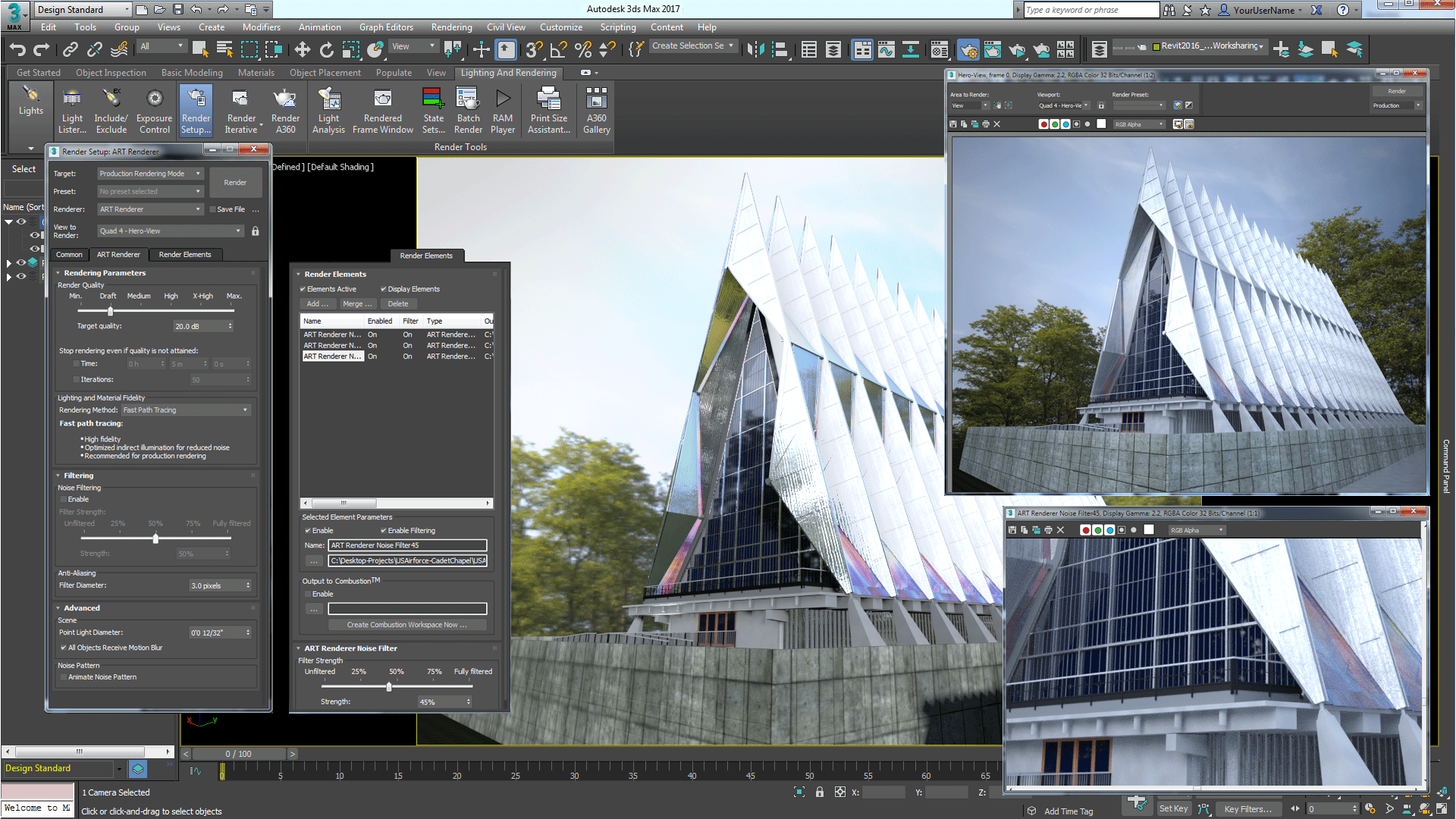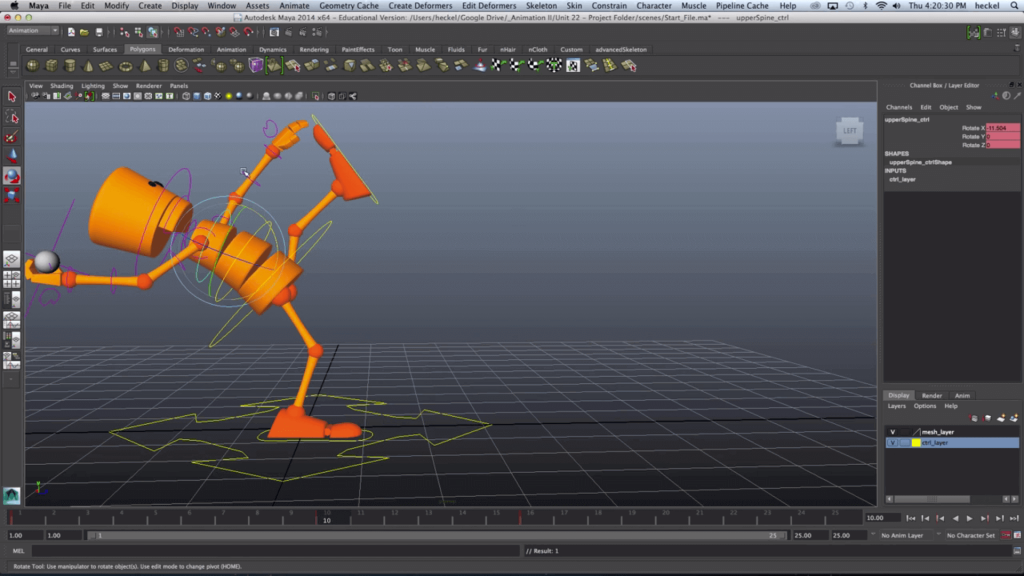
Furthermore, there is no drop in quality using this workflow. “Putting Stingray inside Flame means FX are applied a lot closer to real-time than if they were rendered on the GPU, and artists can iterate a lot more effectively. But now, artists can work with depth of field, motion blur, reflections and light blooming with the level of control and interactivity they normally have in Flame.

Traditionally, these kinds of effects are computationally very heavy so that interactivity hasn’t been an option. Other interactive effects added to Action through this update are 3D and 2D motion vector support and output, Stingray’s screen space reflection, customizable lens flare presets available as nodes in Batch or the timeline, and invisible shadow casting up to 8K.Īutodesk’s director of industry marketing for media & entertainment Marc Hamaker told Digital Media World, “What’s different is the speed with which Stingray can create true physical effects inside of Flame’s compositing environment. Ambient occlusion, realistic reflections and depth of field can be used without slowing interactivity. Because these tools are based on algorithms from Autodesk’s Stingray game engine, they are highly interactive. The Flame 2017 lineup of finishing applications has new tools and workflows that make look development faster and more interactive, and connect the colour grading environment more closely with VFX.Īction, Flame's 3D scene environment, is updated with new scene-based Matchbox Camera FX that add physical and creative in-camera digital FX processing and look development tools for 3D composites. FLAME 2017 – Stingray, Look Development, Colour Under the hood, Flame software and 3ds Max were upgraded to 2017 versions and Maya, still in the 2016 version, received a substantial Extension 2. The Flame products are still licensed separately. The M&E industry collection puts Maya and 3ds Max into a bundle with Mudbox and MotionBuilder, and gives access to the Character Generator, ReCap 360 Pro and rendering in A360 as cloud services. They also affect tools for tasks ranging from look development, to animation and FX, to rendering.

In April 2016, some major updates were released for its main Media & Entertainment packages for VFX, post and 3D animation – Flame, Maya and 3ds Max - many of which affect interactivity, the way the applications work together and, therefore, workflows and pipelines. Most recently, the company announced its new industry collections, which re-organise the way customers buy Autodesk applications, and add cloud services and different licensing options. Recently, Digital Media World talked to two of the company's specialists, Marc Hamaker and Colin Cupp, who told us about the recent updates bringing Flame, 3ds Max and Maya up to speed. Autodesk Finishing & 3D Animation Tools Shift Gears for 2017Īutodesk has been making significant changes, both to its sales and licensing and to its software.


 0 kommentar(er)
0 kommentar(er)
